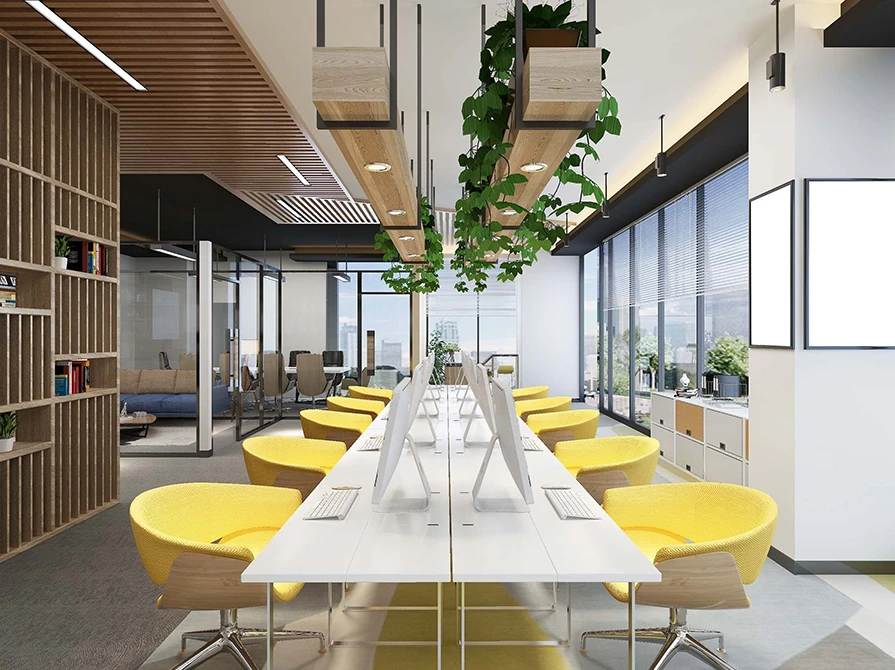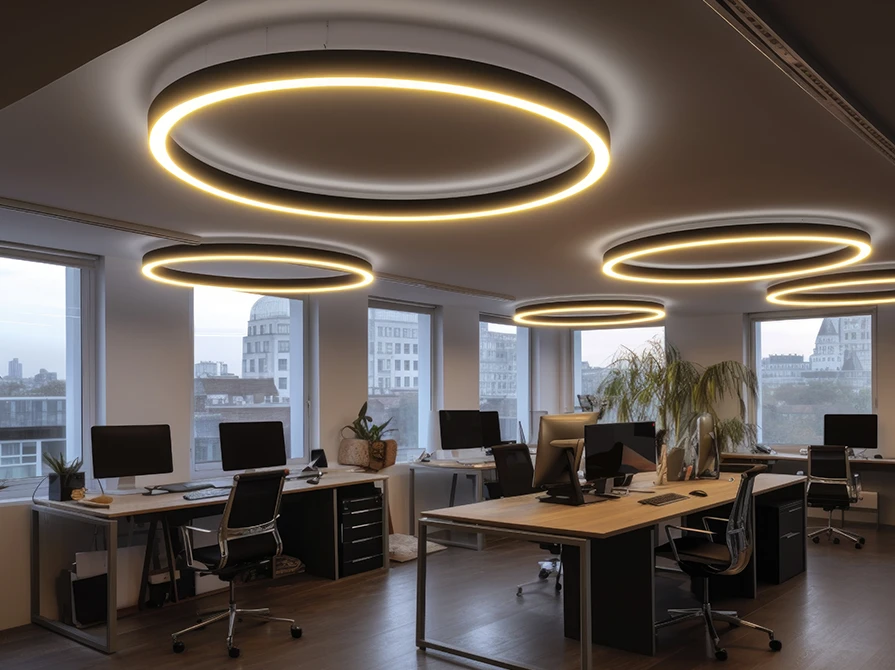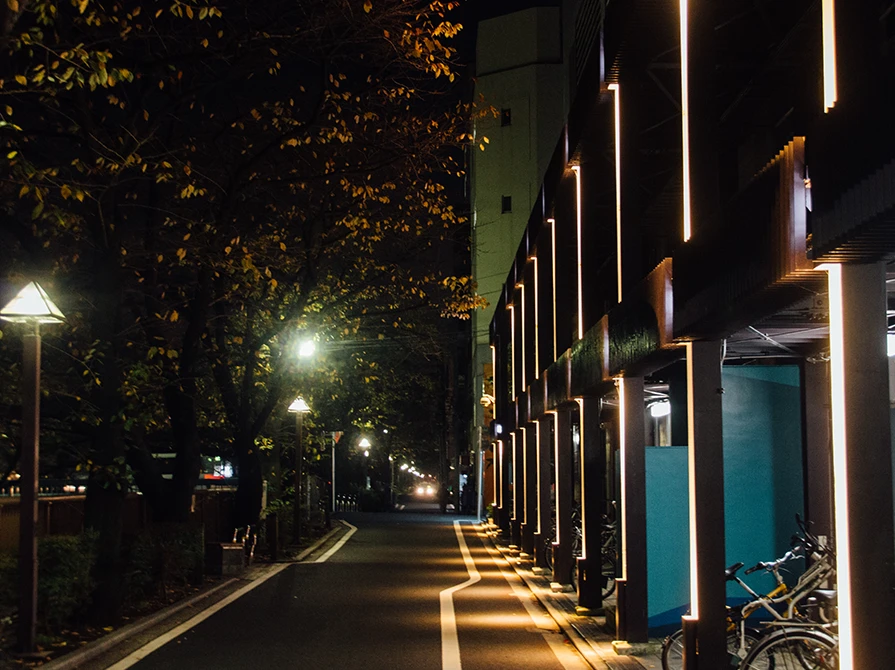Safeguarding Workspaces: Exploring Flameproof Lighting Solutions
In hazardous environments where the risk of explosions or fires is prevalent, ensuring the safety of workers and property is paramount. Flameproof lighting solutions play a critical role in these settings, providing illumination while mitigating the risk of igniting flammable substances. This blog delves into the importance of flameproof lighting, its applications, and the key considerations for selecting and implementing these safety-focused solutions.
Understanding Flameproof Lighting
Flameproof lighting, also known as explosion-proof lighting, is specifically designed to prevent the ignition of flammable gases, vapors, or dust particles in hazardous environments. These lighting fixtures are constructed with robust materials and engineering techniques to contain any explosion or flame within the enclosure, protecting nearby personnel and equipment.
Applications of Flameproof Lighting
- Petrochemical Industry: Flameproof lighting finds extensive use in petrochemical plants, refineries, and oil rigs where flammable gases and vapors are present. Lighting fixtures installed in these environments must comply with stringent safety standards to prevent catastrophic accidents.
- Mining Operations: Mines are inherently hazardous environments with the potential for methane and coal dust explosions. Flameproof lighting fixtures are essential for providing safe illumination in underground mining tunnels and other areas where combustible materials are present.
- Chemical Processing Plants: Chemical processing facilities handle volatile substances that can pose fire and explosion risks. Flameproof lighting solutions are deployed to ensure visibility in areas where hazardous chemicals are stored, handled, or processed.
Design Principles of Flameproof Lighting
- Enclosure Integrity: Flameproof lighting fixtures feature rugged enclosures constructed from durable materials such as cast aluminum or stainless steel. These enclosures are designed to withstand high temperatures and contain any explosion or flame within the fixture.
- Sealing and Gasketing: Sealed gaskets and o-ring seals are used to ensure the integrity of flameproof lighting enclosures, preventing the ingress of flammable substances. This sealing mechanism helps maintain the safety and reliability of the lighting fixture in hazardous environments.
- Temperature Classification: Flameproof lighting fixtures are classified based on their temperature tolerance and suitability for different hazardous atmospheres. Temperature ratings such as T4, T5, and T6 indicate the maximum surface temperature of the fixture under normal operating conditions.
Key Considerations for Selecting Flameproof Lighting
- Hazardous Area Classification: Understanding the classification of hazardous areas based on the presence of flammable substances is essential for selecting appropriate flameproof lighting fixtures. Different hazardous zones require lighting fixtures with specific certifications and ratings.
- Environmental Conditions: Consideration must be given to environmental factors such as temperature extremes, moisture levels, and corrosive substances present in the environment. Flameproof lighting fixtures should be designed to withstand these harsh conditions without compromising safety or performance.
- Maintenance and Inspection Requirements: Regular maintenance and inspection of flameproof lighting fixtures are essential to ensure their continued effectiveness and compliance with safety standards. Accessible components and easy-to-service design features facilitate routine maintenance tasks and minimize downtime.
Advancements in Flameproof Lighting Technology
- LED Technology: LED-based flameproof lighting fixtures offer several advantages over traditional lighting sources, including energy efficiency, long lifespan, and instant illumination. LED fixtures consume less power, generate less heat, and require minimal maintenance, making them ideal for hazardous environments.
- Wireless Connectivity: Integration of wireless communication capabilities enables remote monitoring and control of flameproof lighting systems. Wireless sensors and control systems allow facility managers to monitor lighting performance, detect faults, and schedule maintenance tasks from a central location, improving operational efficiency and safety.
- Smart Lighting Controls: Intelligent lighting controls enhance the functionality and efficiency of flameproof lighting systems in hazardous environments. These controls enable features such as dimming, scheduling, and occupancy sensing to optimize energy usage and tailor illumination levels to specific tasks and occupancy patterns.
- Environmental Considerations: As sustainability becomes increasingly important across industries, flameproof lighting manufacturers are focusing on eco-friendly design and production practices. Efforts to minimize energy consumption, reduce waste, and use recyclable materials contribute to a greener and more sustainable lighting industry.
- Customization and Adaptability: Flameproof lighting manufacturers offer customizable solutions to meet the unique requirements of different hazardous environments and applications. Modular designs, adjustable mounting options, and configurable lighting parameters enable flexibility and adaptability to specific site conditions and operational needs.
Benefits of Flameproof Lighting
- Enhanced Safety: Flameproof lighting fixtures are specifically engineered to prevent the ignition of flammable gases, vapors, or dust particles in hazardous environments. By containing any explosion or flame within the fixture's enclosure, flameproof lighting helps minimize the risk of fire or explosion, thereby enhancing overall safety for personnel and property.
- Regulatory Compliance: Compliance with safety standards and regulations is essential for industries operating in hazardous environments. Flameproof lighting fixtures are designed and certified to meet stringent regulatory requirements, ensuring adherence to industry standards and minimizing the risk of non-compliance penalties or liabilities.
- Reliable Performance: Flameproof lighting fixtures are built to withstand harsh environmental conditions, including high temperatures, moisture, and corrosive substances. With rugged enclosures, sealed gaskets, and durable materials, these fixtures deliver reliable performance in demanding industrial settings, reducing the need for frequent maintenance and replacements.
- Cost Savings: While the initial investment in flameproof lighting fixtures may be higher compared to standard lighting solutions, the long-term cost savings can be significant. LED-based flameproof fixtures offer energy efficiency and extended lifespan, resulting in lower energy consumption, reduced maintenance costs, and fewer downtime incidents. Additionally, the enhanced safety provided by flameproof lighting can help avoid costly accidents and property damage.
- Operational Efficiency: Reliable and well-designed flameproof lighting systems contribute to operational efficiency in hazardous environments. By providing consistent illumination and minimizing downtime due to maintenance or safety concerns, flameproof lighting solutions support continuous production processes and optimize workflow efficiency.
- Environmental Protection: In addition to safeguarding personnel and assets, flameproof lighting helps protect the environment by reducing the risk of hazardous substance releases and environmental contamination. By preventing explosions or fires in industrial settings, flameproof lighting contributes to a safer and more sustainable working environment for all stakeholders.
Conclusion
Flameproof lighting plays a crucial role in illuminating hazardous environments while ensuring the safety of workers and assets. By understanding the principles of flameproof lighting design, selecting appropriate fixtures, and embracing technological advancements, organizations can create safer workspaces and mitigate the risks associated with hazardous atmospheres. As industries continue to prioritize worker safety and regulatory compliance, flameproof lighting solutions will remain essential components of safety management systems in hazardous environments. Get in touch with us to know more about our flameproof lighting solutions.










